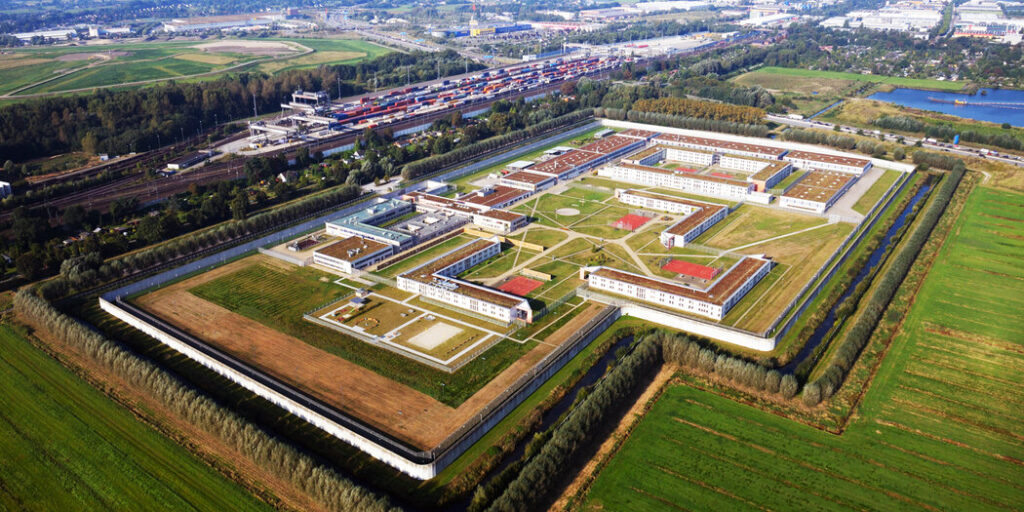Inspiration from Northern Europe: A New Perspective on Prison Reform in the U.S.
Northern Europe’s approach to incarceration, focusing on dignity and human rights, offers a compelling model for the United States to consider in its efforts to reform the corrections system. While these methods are not seen as a complete solution to the issues plaguing American prisons, they provide valuable insights into reducing recidivism and mitigating overcrowding.
Last year, the Brennan Center collaborated with correctional staff, advocacy organizations, and policymakers on educational trips to Norway and Germany. These trips, organized by Amend and the Vera Institute of Justice, aimed to explore the progressive criminal justice philosophies of these countries. The visits emphasized the importance of upholding human rights and dignity for those accused or convicted of crimes.
For over two decades, U.S. correctional leaders have been looking to Northern Europe for inspiration, leading to reform initiatives in states like California, Michigan, and North Dakota. Programs like Vera’s Restoring Promise Initiative and Pennsylvania’s Little Scandinavia project are examples of such inspiration. Additionally, the Washington Way and Amend’s work in several states demonstrate efforts to prioritize dignity and safety in prisons.
Key Principles from Germany and Norway
Normalization
Germany and Norway focus on minimizing the detrimental effects of institutionalization by ensuring prison life closely resembles life outside. This approach includes private cells with bathrooms, and in some cases, showers. In Norway, open-air prisons permit inmates to engage in daily life activities outside the prison, such as work and education.
Professionalization of Corrections
Both countries invest heavily in training correctional staff. Norwegian officers undergo two years of paid education, resulting in a bachelor’s degree. Similarly, German officers receive comprehensive training over 18 to 24 months. This contrasts sharply with the limited training often provided in the United States.
Dynamic Security
The concept of “dynamic security” is central to these systems, emphasizing the importance of building human relationships for ensuring safety. This philosophy encourages interactions like sharing meals and engaging in conversations, a practice still emerging in the U.S. correctional landscape.
Import Model
Norway’s “import model” integrates community services, such as education and healthcare, into the prison system. This ensures continuity of care and services post-release, a model that presents challenges for implementation in the U.S. due to structural differences in service provision.
Challenges and Considerations
While Germany and Norway often serve as models, they are not without challenges. Both countries are continually striving to improve areas such as visitation rights and access to technology. Moreover, their smaller prison populations and social welfare systems differ significantly from the U.S. context, where over two million people are incarcerated.
Despite these differences, U.S. initiatives could benefit from trying certain Northern European policies. The holistic understanding of their practices can inspire American correctional leaders to innovate and experiment, improving conditions and outcomes for those involved in the justice system.
Amend’s Dr. Brie Williams and Vera Institute President Nick Turner emphasize the need for change in the U.S. correctional system towards a model that prioritizes health, rehabilitation, and dignity. This ongoing dialogue is vital for the Brennan Center as it prepares to release a report highlighting efforts to reduce violence and improve reentry outcomes in American prisons.





